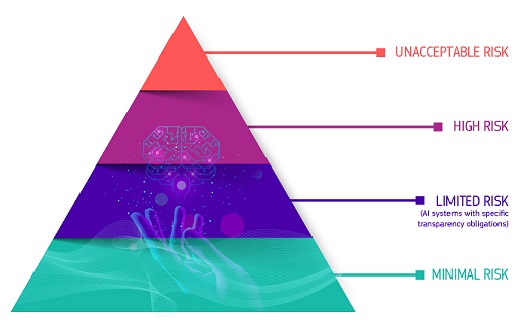European Health Data Space Regulation Published: Key Provisions and Next Steps

**European Health Data Space Regulation Published: Key Provisions and Next Steps**
The European Union has taken a significant step toward transforming healthcare and biomedical research across the continent with the official publication of the European Health Data Space (EHDS) Regulation. This landmark legislation, published in 2024, aims to create a unified framework for the secure access, sharing, and use of health data across EU member states. The EHDS is a cornerstone of the EU’s broader Digital Europe strategy, designed to empower individuals, support healthcare systems, and foster innovation.
This article outlines the key provisions of the EHDS Regulation and explores the next steps for implementation and compliance.
—
### Key Provisions of the EHDS Regulation
The EHDS Regulation introduces a comprehensive legal framework that governs both the primary and secondary use of electronic health data within the EU. Its provisions are designed to ensure data interoperability, strengthen patient rights, and promote innovation while safeguarding privacy and data protection.
#### 1. **Primary Use of Health Data**
The primary use of health data refers to the use of personal health information for delivering healthcare services. The EHDS mandates:
– **Patient Access and Control**: EU citizens will have the right to access their electronic health records (EHRs) free of charge, regardless of the member state in which care is provided.
– **Cross-Border Interoperability**: Health data, including prescriptions, imaging, and discharge summaries, must be made interoperable across borders to facilitate continuity of care.
– **Standardization**: The regulation sets out technical specifications and standards for EHR systems to ensure compatibility and secure exchange of health data.
#### 2. **Secondary Use of Health Data**
Secondary use refers to the use of health data for research, innovation, policy-making, and regulatory purposes. Key provisions include:
– **Health Data Access Bodies (HDABs)**: Each member state must establish a national HDAB responsible for granting access to anonymized or pseudonymized health data for secondary purposes.
– **Permitted Uses**: Data may be used for scientific research, public health, statistics, and development of AI in healthcare, but not for advertising or discriminatory purposes.
– **Data Minimization and Security**: Strict safeguards are required to ensure data minimization, encryption, and secure processing environments.
#### 3. **Governance and Oversight**
– **European Health Data Space Board**: A new EU-level body will coordinate implementation, promote best practices, and ensure consistency across member states.
– **Monitoring and Enforcement**: The European Commission and national authorities will monitor compliance, with penalties for violations.
#### 4. **Digital Health Infrastructure**
– **MyHealth@EU**: This existing infrastructure will be expanded to support cross-border exchange of health data for primary use.
– **HealthData@EU**: A new decentralized infrastructure will be created to facilitate secondary use of health data across the EU.
—
### Benefits of the EHDS
The EHDS is expected to deliver a wide range of benefits:
– **Empowered Patients**: Individuals will have greater control over their health data and improved access to cross-border healthcare.
– **Enhanced Research**: Researchers will gain access to high-quality, large-scale health datasets, accelerating medical discoveries and innovation.
– **Efficient Healthcare Systems**: Improved data sharing will reduce duplication, enhance diagnostics, and support evidence-based policy-making.
– **Digital Innovation**: The regulation will foster the development of AI and digital health tools, strengthening the EU’s competitiveness in health technologies.
—
### Next Steps for Implementation
With the EHDS Regulation now published, the focus shifts to implementation. Key next steps include:
#### 1. **National Legislation and Infrastructure**
Member states must transpose the regulation into national law and establish the necessary infrastructure, including HDABs and digital health systems compliant with EU standards.
#### 2. **Stakeholder Engagement**
Healthcare providers, technology developers, researchers, and patient organizations will need to collaborate to ensure practical, ethical, and technical alignment with the EHDS framework.
#### 3. **Capacity Building**
Training and support will be essential for healthcare professionals, data controllers, and researchers to navigate the new regulatory landscape.
#### 4. **Monitoring and Evaluation**
The European Commission will monitor the rollout and effectiveness of the EHDS, with regular evaluations and updates to ensure it meets its objectives.
—
### Conclusion
The publication of the European Health Data Space Regulation marks a transformative moment for digital health in Europe. By establishing a harmonized framework for health data use, the EHDS promises to enhance patient care, drive innovation, and position the EU as a global leader in health data governance. As implementation progresses, collaboration among stakeholders will be critical to realizing the full potential of this ambitious initiative.